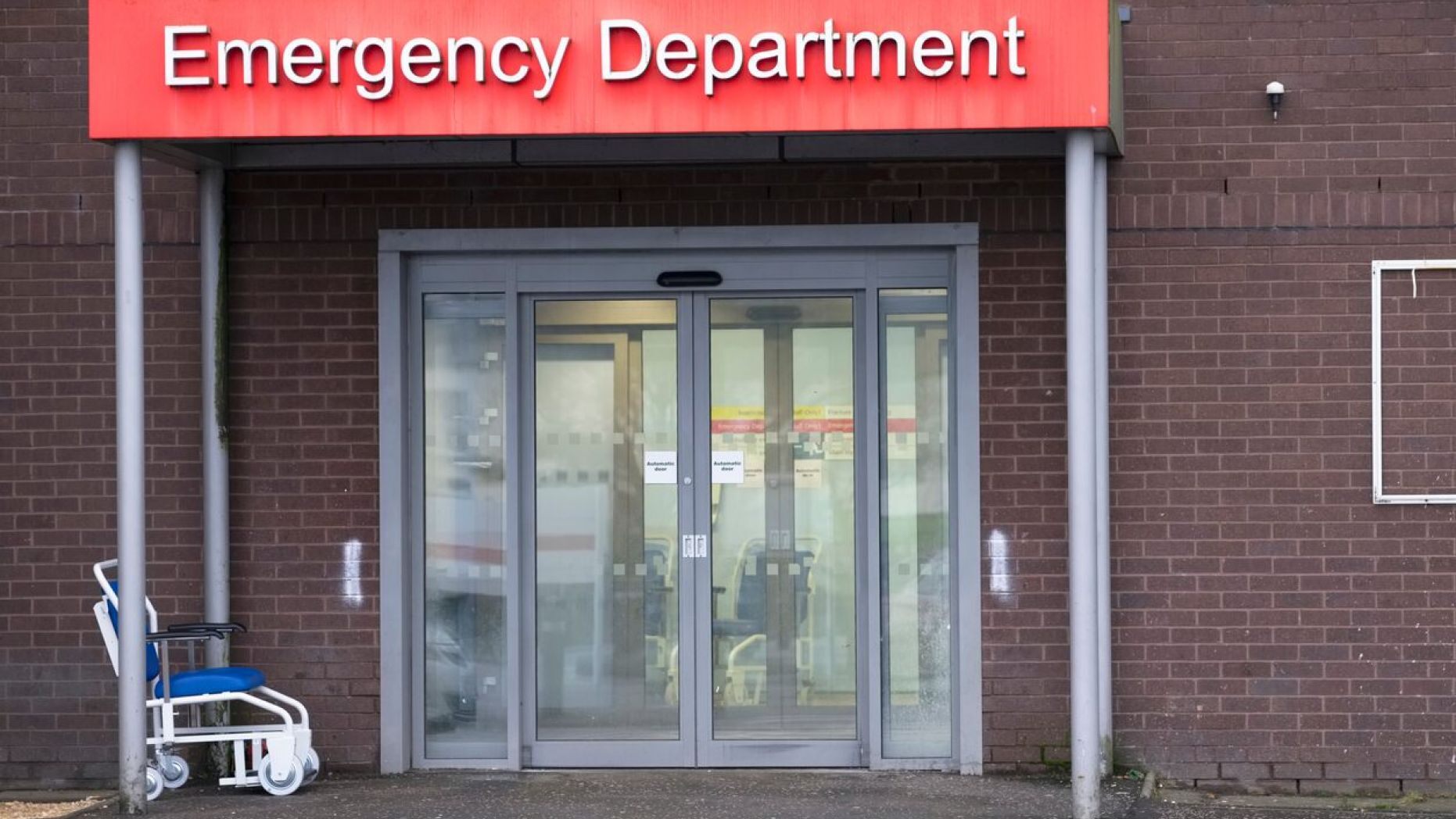Coronavirus leaves behind 42 percent plunge in emergency department visits: report

Visits to U.S. emergency departments fell by 42 percent during the early COVID-19 pandemic, according to a report released Wednesday by the Centers for Disease Control and Prevention.
The numbers fell from an average of 2.1 million visits per week from March 31 to April 27 of last year, to 1.2 million per week during the same period this year, according to the National Syndromic Surveillance Program which collects electronic health data.
CLICK HERE FOR FULL CORONAVIRUS COVERAGE
However, the proportion of infectious disease-related visits was four times higher during the early pandemic period, according to the data. Those visits related to infectious disease exposure, encounters, screening and contact, the report notes.
A separate study released last week reported 48 percent of American adults delayed or skipped medical care amid the pandemic, according to the data from the Kaiser Family Foundation Health Tracking Poll.
The CDC study concluded that the coronavirus pandemic has altered the public’s use of emergency departments, which may have disproportionately affected those who lack access to telemedicine and primary care.
STUDY SHOWS 76 PERCENT OF CORONAVIRUS PATIENTS IMPROVE AFTER PLASMA TRANSFUSION
In the period under analysis, visits to emergency departments bottomed out during April 12 to April 18 this year. Though visits have increased since then, the CDC says the most recent week, May 24 to May 30 in 2020, still fell by 26 percent compared to the same period in 2019.
Finally, the report noted that visits fell by 37 percent for males and 45 percent among females.
WHO SAYS CORONAVIRUS ISN’T MUTATING INTO DANGEROUS FORM
The figures captured an estimated 73 percent of emergency department visits up for analysis. The exclusion of some states and other areas were due to differences in “completeness of codes” between 2019 and 2020, the report says.
The report recommends an increased presence of health messages urging visits to the emergency department for serious conditions, like heart attacks, and expanded use of virtual visits for non-immediate conditions, among other recommendations.



 Creators of mankind
Creators of mankind Description of “Tall white aliens”
Description of “Tall white aliens” Where they came from?
Where they came from? About hostile civilizations
About hostile civilizations The war for the Earth
The war for the Earth “Tall white aliens” about eternal life
“Tall white aliens” about eternal life Video: “Nordic aliens”
Video: “Nordic aliens” Aliens
Aliens Alien encounters
Alien encounters The aliens base
The aliens base UFO
UFO Technology UFO
Technology UFO Underground civilization
Underground civilization Ancient alien artifacts
Ancient alien artifacts Military and UFO
Military and UFO Mysteries and hypotheses
Mysteries and hypotheses Scientific facts
Scientific facts


















